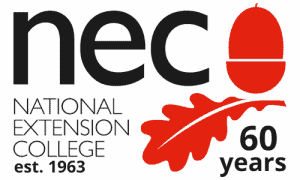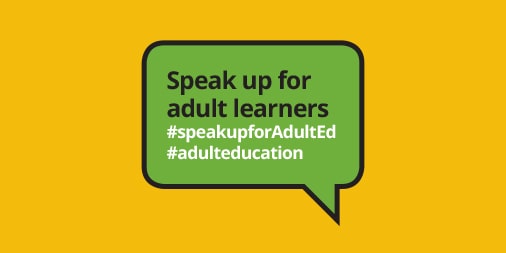Education policy makers and the organisations that make up England’s exam infrastructure rarely give a second thought to independent learners taking GCSEs and A levels under their own steam. As an organisation working with distance learners every day, NEC knows that a small number of changes could make a big difference to thousands of people and help the government make progress in achieving its higher education and skills objectives.
On the final day of the 2017 Festival of Learning, organised by the Learning and Work Institute, NEC is speaking up for adult learners. The practical solutions we are advocating will benefit all learners who are studying at a distance, including young people being educated at home. As the annual celebration of the achievements of thousands of adult learners across the country comes to an end, here’s our five-point plan for addressing the barriers distance learners face to taking GCSE and A level exams as private candidates.
Barrier 1 – Finding an exam centre willing to accept private candidates
Private candidates studying GCSEs and A levels often struggle to find an exam centre in a school or college that will allow them to sit their exams alongside other students.
The solution: exam boards should be required to work together to sponsor and operate fairly-priced open exam centres for all students not studying at a school or college who want to sit GCSEs and A levels.
Barrier 2 – The cost of entering for A level science practical endorsements
As well as paying out of their own pocket for their course and exam fees, private candidates studying science A levels also have to pay several hundred pounds per subject to take the practical endorsement. For students taking two or three science A levels, the costs are eye watering.
The solution: the proposed open exam centres offer science practical endorsements for biology, chemistry and physics, with government bursaries available to help students fund the cost.
Barrier 3 – Exam centre requirements for candidates who need access arrangements
Supporting document requirements for exam centres that make entries for private candidates in need of access arrangements are obtuse, hard for candidates to understand and, in some cases, difficult to acquire. The accommodations learners need are not always available at exam centres. As a result, the centres cannot accept their entry.
The solution: candidates needing access arrangements would be better accommodated in the proposed open exam centres.
Barrier 4 – Publication of exam results
The exam results of people who sit GCSEs and A levels each year as private candidates are not published separately from the results of young people studying at school or college. This makes it hard for both providers and exam boards to plan for them.
The solution: exam boards should be required to report separately on the results of people who enter the exams as private candidates alongside the results of candidates from schools and colleges.
Barrier 5 – The status of AS levels
AS level results no longer contribute to a student’s final A level grade which means the decision to take an A level is significant both in terms of financial investment and time commitment for students fitting in study with a career or caring responsibilities.
The solution: a return to the modular system of AS and A levels so a student’s AS level result can contribute to their A level result and they can enrol first for AS level and subsequently for A level. This would also encourage students to be more adventurous in their choice of subjects.
Louise Tolhurst, NEC’s exam expert says: ‘Despite the barriers, we know from NEC’s experience that our students perform well as their exam results often exceed the national outcome. This is a tribute to their hard work and determination. NEC prides itself on providing a seamless exam service for students through a network of dedicated exam partnership centres. We are committed to campaigning to remove the barriers for all students, wherever they are.’
Why does it matter?
The government’s success in widening participation in higher education by people over the age of 21, and halting the 40 per cent decline since 2010 in the number of students studying part-time in higher education, relies on adults who have left compulsory education being able to access the qualifications they need to progress further in education and at work without having to confront barriers that for many act as a deterrent to enrolling.
Removing barriers to accessing GCSEs and A levels would also help increase the numbers of people studying STEM subjects and contribute to the government’s targets for recruiting teachers and nurses.


Add a new comment
Current comments: 0